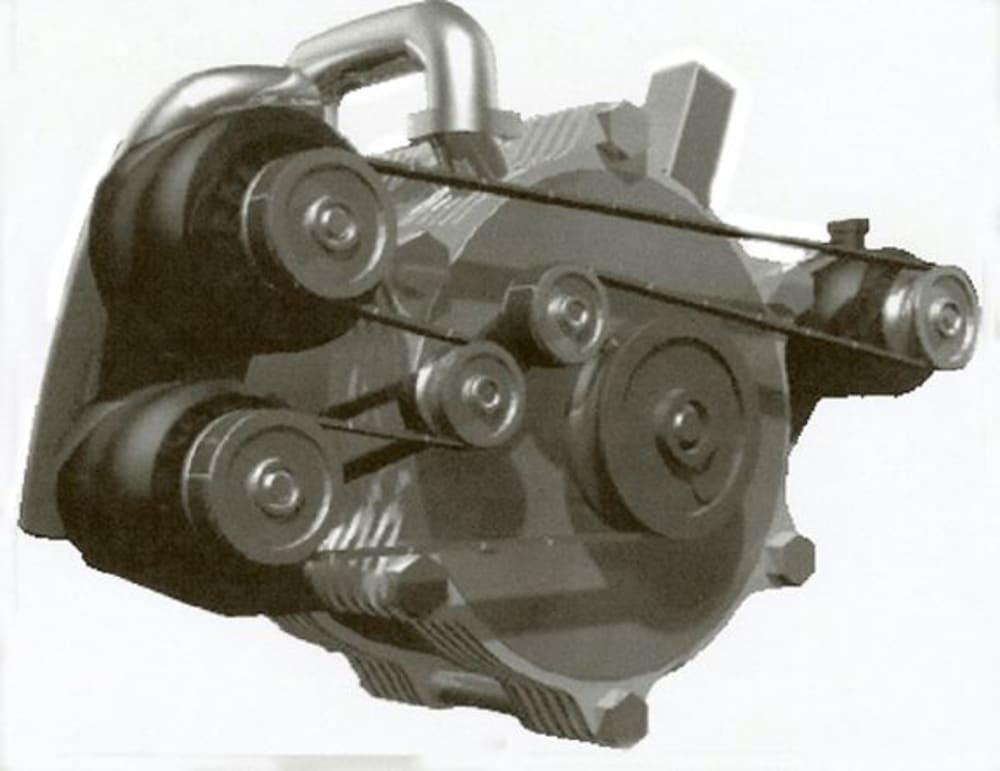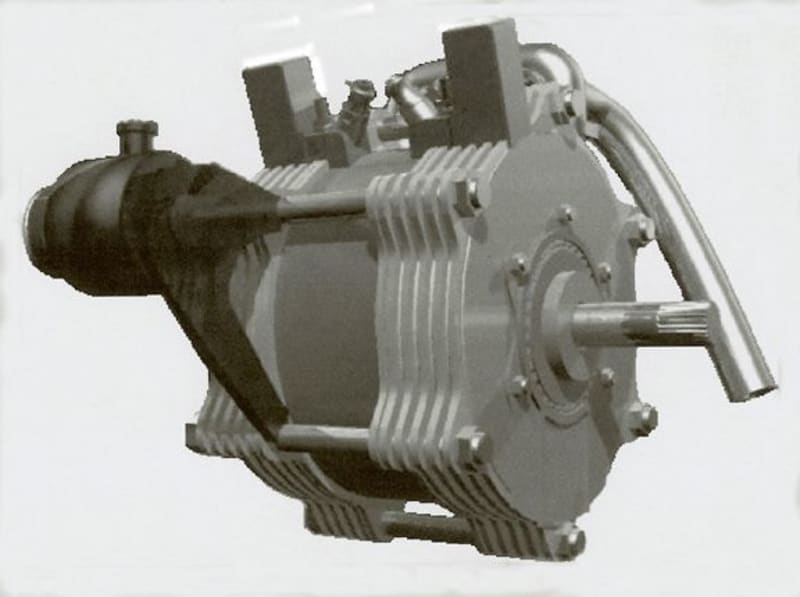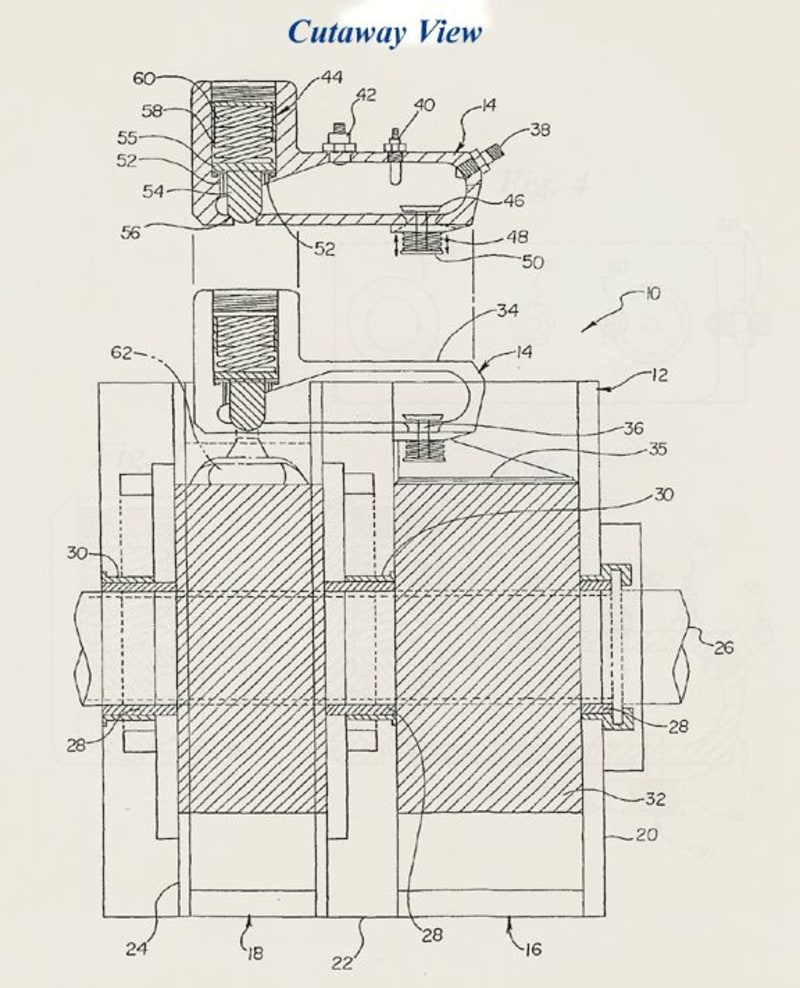The reciprocating engine has been a paradigm for industry and a touchstone for engine technology for over one hundred years. Engines used today though, are only five to seven percent mechanically efficient at best. They expel more than 75% of the thermal energy of its fuel out the radiator and exhaust! Wasted! Roughly 26 million of them are put into operation each year in the U.S. NOT INCLUDING Automotive, Aircraft, and Marine applications. We need to stop and think about what this is doing to our environment, and for generations to come! Is there a better way to use this energy?
The new rotary Positive Displacement Turbine IC Engine is more than 94% mechanically efficient, close to 95% thermally efficient, giving its exhaust a low thermal signature. Standard manufacturing processes are comparable to that of a reciprocating engine. Its size though, is about ? that of its competition drastically increasing the power to weight ratio. It can run on #2 Diesel, JP4, or a Special Containerized Fuel and a catalyst for maximum economy. It consumes roughly 10% of the fuel compared to reciprocating engines, thereby reducing CO2 emissions 90%. For the first time an internal combustion engine can be built on a scale feasibly large enough to develop 50 – 100 Megawatts without massive infrastructure, cooling, or pollution. This is NOT too good to be true!
The PDT has a continuous intake rotary compressor that transfers the compressed air to an indirect combustion chamber which in turn, when fuel is added, fires into an expansion chamber that cycles the burning gasses in a cyclonic turbulent flow. The rotating crescent piston and expansion chamber holds the expanding gasses in subjection for more than a full rotation giving the engine a 360° duty cycle.
Deep water drilling for oil such as BP’s tragedy in the Gulf of Mexico last year and the Mining Oil-Sands in Alberta, Canada have proven to be ecological disasters! It is estimated that the extraction process from Oil-Sand Ore produces five times the CO2 that the fuel itself will produce when burned! Greater explanation can be found at: http//www.pdtdesigns.com
Converting to this Ultra-Highly Efficient PDT Engine as an industrial standard globally would immediately begin to reduce CO2 emissions, and provide social and economic solutions:
• Al Gore, former Vice President, vividly explained the consequences of Global Warming in his presentation of “An Inconvenient Truth,” however, he didn’t give any answers as to how to give up all the goodies that are creating the problems!
• Solid economics around this world can be very soon realized if the PDT Engine concept is accepted. This would include meaningful employment. It will provide an industrial renaissance for the economy.
Like this entry?
-
About the Entrant
- Name:Cordell Moe
- Type of entry:individual
- Software used for this entry:AutoCAD 2007
- Patent status:patented








